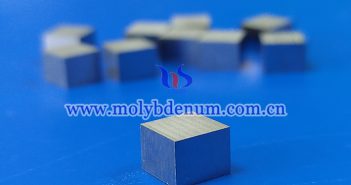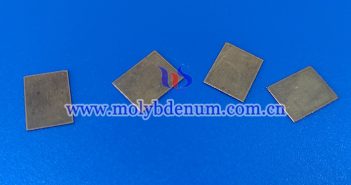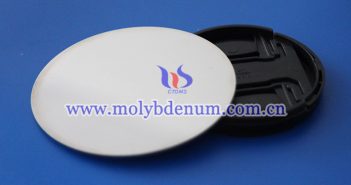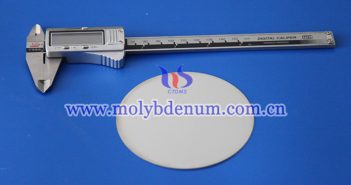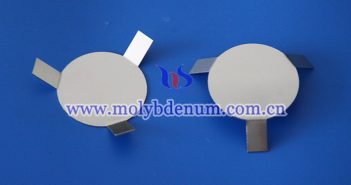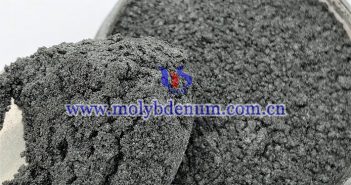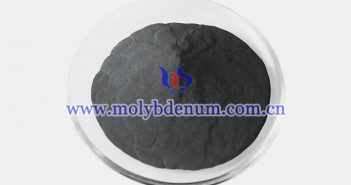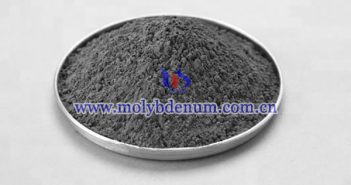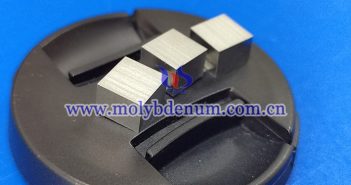
Molybdenum-rhenium (Mo-Re) alloys are widely used in aerospace, heating equipment, and electronic technology and other applications. Here are some of their uses: Filaments: Mo-Re alloys are often used as filaments in electron guns for cathode ray tubes (CRTs), electron microscopes, and X-ray machines. These alloys can withstand high temperatures and have excellent emission properties, making them suitable for generating electron beams. Thermocouples: Mo-Re alloys are utilized in high-temperature thermocouples, especially for measuring extremely high temperatures in various industrial processes. Their…


